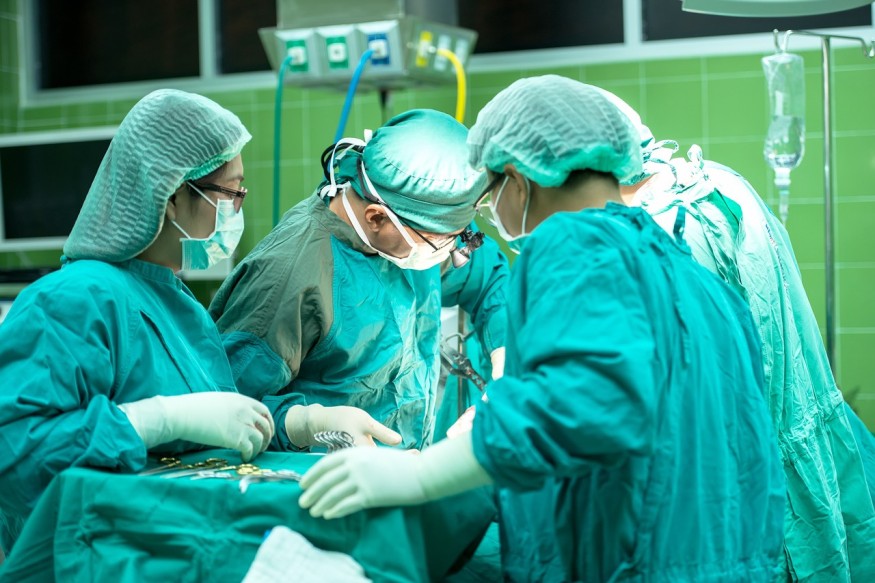In a remarkable achievement, physicians have achieved a significant breakthrough. As outlined in a recent Science publication, titled "Self-enhancing sono-inks enable deep-penetration acoustic volumetric printing," a team of doctors has successfully formulated a unique ink with the capability to perform 3D printing inside the human body.
This achievement opens the door to various medical applications, such as repairing fractures and addressing organ leaks. The innovation is an extension of earlier work involving photosensitive ink that solidifies upon exposure to light.

Ultrasound-driven DVAP Transforms Biomedical 3D Printing
A groundbreaking technique, known as deep-penetrating acoustic volumetric printing (DVAP) has emerged as a game-changer in biomedical 3D printing. Unlike traditional methods reliant on light, DVAP utilizes ultrasound waves to activate a specially formulated ink capable of 3D printing directly within the human body.
This innovation addresses the limitations of light penetration, as ultrasound waves can reach tissues, bones, and organs with high spatial precision, surpassing the limited depth achievable with light-based printing methods.
While light can only penetrate a few millimeters into human tissue, ultrasound waves offer superior penetration, exceeding 100 times the depth achievable by light. The sono-thermal effect, a key aspect of DVAP, involves soundwaves being absorbed to increase temperature, thereby hardening the ink.
This approach opens up unprecedented possibilities, enabling scientists to repair bones and address issues such as malfunctioning heart valves without resorting to invasive open surgery.
The biocompatible "sono-ink" utilized in DVAP is a viscous liquid that can be easily injected into a targeted area. As the ultrasound printing probe maneuvers, the materials in the ink link together and solidify. Subsequently, a specially designed ultrasound probe can harden the ink in place, creating intricate structures.
Any remaining non-solidified ink can be removed with a syringe once the process is complete. Moreover, researchers have developed diverse versions of the "sono-ink," ranging from durable bone-like scaffolds to more flexible heart valves, showcasing the versatility and potential applications of this groundbreaking technology.
Tests Reaffirm Technology's Effectiveness But Further Study Is Needed
In a series of experiments, the research team successfully grew a specialized structure inside a goat's heart to prevent blood pooling. The tissue, using a sono-ink hydrogel, bonded securely without complications. They also addressed a bone defect in a chicken leg and demonstrated the slow release of chemotherapy drugs in the liver.
Despite these promising results, extensive research is required before applying this technology to humans. The researchers acknowledge the need for further development, stating though the tests reaffirm the potential of the technology, they are still far from bringing it into the clinic.
The breakthrough holds the potential to transform medical treatments, offering less intrusive surgery options by directly 3D printing biomedical devices inside the human body. The activation of the bio-ink relies on ultrasound waves after targeted application, allowing it to harden into the desired pattern and shape.
While the timeline for widespread availability remains uncertain, this development showcases the remarkable progress in the medical field. It aligns with other innovations, such as magnetically-controlled pill cams, indicating the exciting trajectory of medical advancements.
RELATED ARTICLE: 3D Printing in Medicine: Bioprinting Will Be Available in a Decade, Probably Cheaper Than Costs Associated With Organ Failure
Check out more news and information on Bioprinting in Science Times.
© 2025 ScienceTimes.com All rights reserved. Do not reproduce without permission. The window to the world of Science Times.












